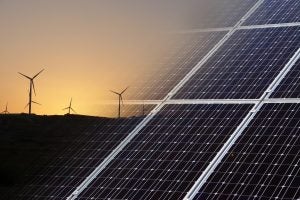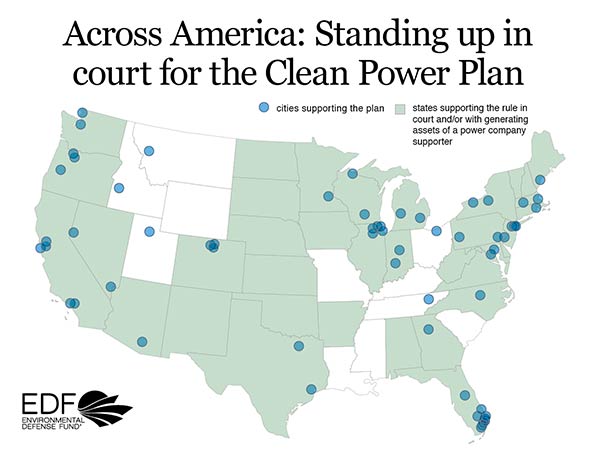 By Nicholas Bianco
By Nicholas Bianco
By now you have all heard the coal industry claims that the Clean Power Plan will kill the coal industry. This week federal judges hearing oral argument on the rule will no doubt hear the same. A new report by Sue Tierney of the Analysis Group clearly demonstrates just how misleading these claims are.
Dr. Tierney’s analysis examines changes in the industry since the 1970’s to unpack the factors that led to coal’s rise through 2000 and steady decline since. It shows how shifting economics for energy production have caused cost-effective lower-emitting natural gas generation and zero-emitting renewables to steadily out-compete coal and erode its market share. The analysis also shows how the industry made a large number of badly misplaced bets that have left them with over-burdened balance sheets, and facing bankruptcy as a result of these self-inflicted wounds.
Citing analyses by the Energy Information Administration and others, the analysis shows the irreversibility of these trends as coal is simply no longer the cheapest form of generation. These trends will also continue to drive a transition to cleaner lower-carbon fuels regardless of the fate of the Clean Power Plan. The clear implication is that industry should focus on preparing for the future and adapting to these new market conditions as opposed to fighting long-delayed protections that will help secure a more stable climate, a sustainable economy and vital public health benefits.
The analysis also examines the significant job losses seen since 1980, and finds that here too the blame has been misplaced. Data clearly show that decades ago, increasing productivity and a shift from eastern to western coal led to significant job losses even while the industry’s overall production was in a period of dramatic growth. Remarkably, coal mining jobs fell by one-half from 1975 to 2000 even as coal production increased by more than 60 percent.
Read More »










 By
By  For companies, future planning is simply good business. This is why many in Corporate America – having long accepted that climate change is real – are continuing to transition towards low-carbon energy options and to work with the U.S. Environmental Protection Agency (EPA).
For companies, future planning is simply good business. This is why many in Corporate America – having long accepted that climate change is real – are continuing to transition towards low-carbon energy options and to work with the U.S. Environmental Protection Agency (EPA).
 President-Elect Trump has repeatedly
President-Elect Trump has repeatedly 
